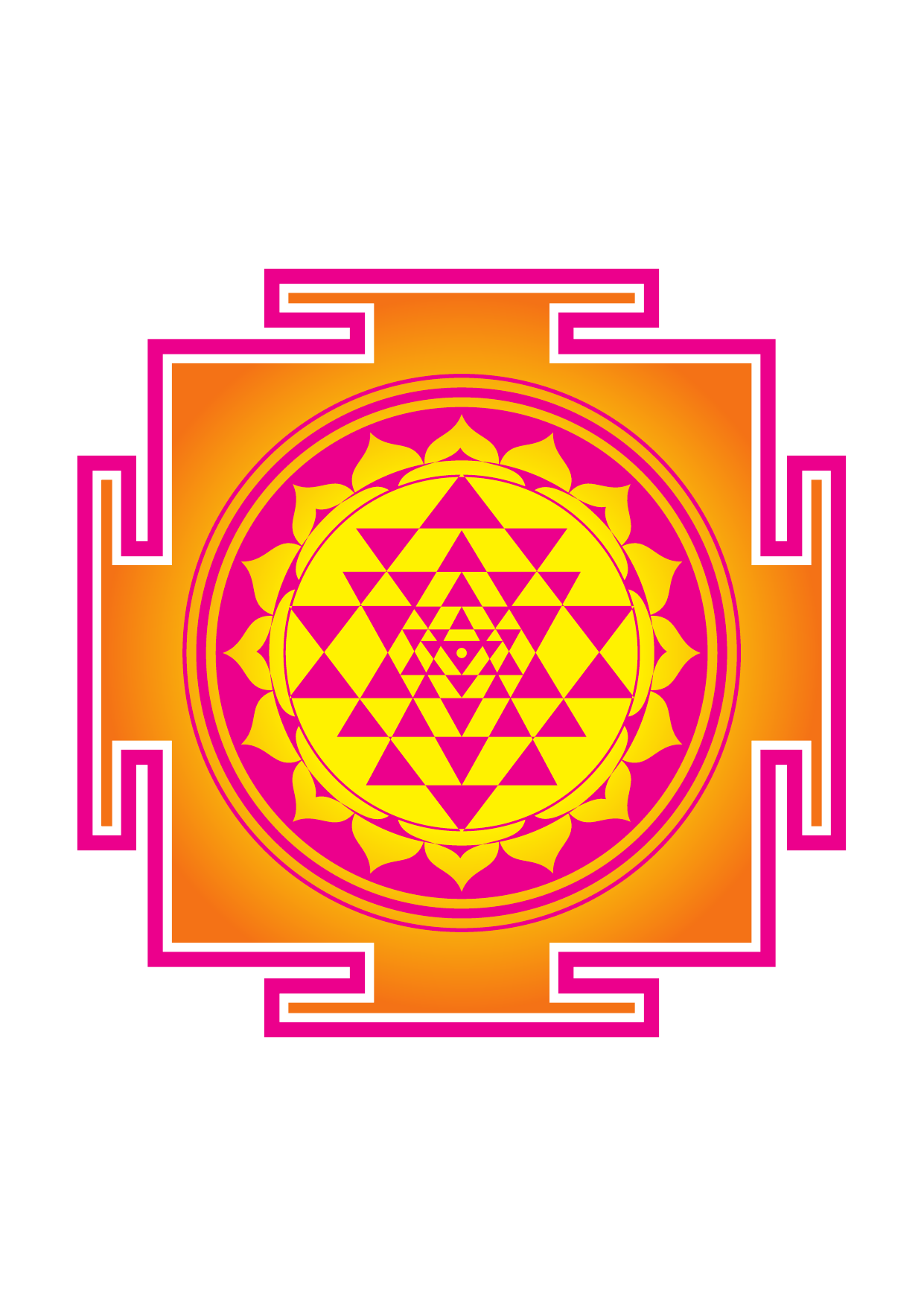
CRANIO SACRAL THERAPY
Craniosacral therapy is nowadays a very popular and successful approach to holistic balancing of the body’s inherent intelligence. The Craniosacral system is a core system in the human body, which allows us to directly perceive and influence the structural configuration of the brain, spinal cord, cranium, sacrum bone and its structures itself in its relationship to the body architecture, and gives us hands-on access to the interface between body, mind, and emotion, which offers a unique way of understanding and influencing the various health issues. The Craniosacral system and the techniques involved in Craniosacral Therapy offer a bridge between objective science and spiritual healing.
The Central Nervous System (brain and spinal cord) are surrounded with fluid called cerebro-spinal fluid (CSF) generating energetic rhythmic impulses of fluid delicately pumping throughout your body’s parts “breathing” the movement of life.
The craniosacral mechanism pumps vital fluid through the body and in a sense energetically lubricates the joints, tissues, organs; basically all cells of the body. It is the driving force of all your body’s systems of function. This measurable rhythm of moving fluid, like the heart rhythm, pulse rhythm, breathing rhythm is the foundational “blueprint” and primary principle of our real-time state of our health.
This movement takes place in a normal rhythm of 6 to 12 cycles per minute, which we call the craniosacral rhythm. When the mobility or freedom of the soft tissues or meninges inside the skull and spinal canal is limited, it is accompanied by a limitation of the freedom of the cyclic fluid dynamics of the craniosacral system.
Stress, tension, and injury can all cause the craniosacral tissues to tighten up or constrict. This puts a strain on the central nervous system and interferes with the proper functioning of the body, including the flow of cerebrospinal fluid. Craniosacral therapist use their hands to gently diagnose and release tension and stress from the craniosacral tissues surrounding the skull and the spine, reducing any associated strain on the central nervous system. CST therapist palpate the craniosacral rhythm, which directs us to possible restrictions in the patient’s body. Then we correct these current or active restrictions with the help of innate self-healing mechanisms, using the craniosacral rhythm and the craniosacral system as an indicator of the correctness of the therapeutic procedure.
The craniosacral system is intimately related to, influences, and is influenced by:
- The nervous system
- The musculoskeletal system
- The vascular system
- The lymphatic system
- The endocrine system
- The respiratory system
The craniosacral therapist helps your rhythm restore and renew in compromised areas allowing for healing to take place of sensory, motor, musculoskeletal, neurological disorders, symptoms, conditions and pain.
The Upledger Institute lists the following disorders as suitable for treatment with CST:
Alzheimer’s disease
autism
back pain
brain injury
central nervous system disorders
chronic fatigue
colic
concussion
dementia
fibromyalgia
immune disorders
learning disabilities
migraines
neck pain
post-traumatic stress disorder (PTSD)
scoliosis
spinal cord injury
stress
What can I expect from Craniosacral therapy?
For those who are new to Craniosacral therapy, it can be compared to massage therapy, with several key differences. Unlike most massage therapy, CST is done while the patient is fully clothed. Additionally, while massage usually involves more intense deep tissue pressure, CST is markedly more gentle.
CST sets itself apart from other massage techniques because of its gentle, light-touch approach that is used to relieve stress, tension, and any restrictions in or around your central nervous system.
During a CST session, you will begin with a consultation with your therapist where you will go over your condition(s) and health history. Your therapist may also help you identify areas that need attention. Then your therapist will likely begin the session with the patient lying down, for maximum relaxation.
Your CST session should be very relaxing and calm.
